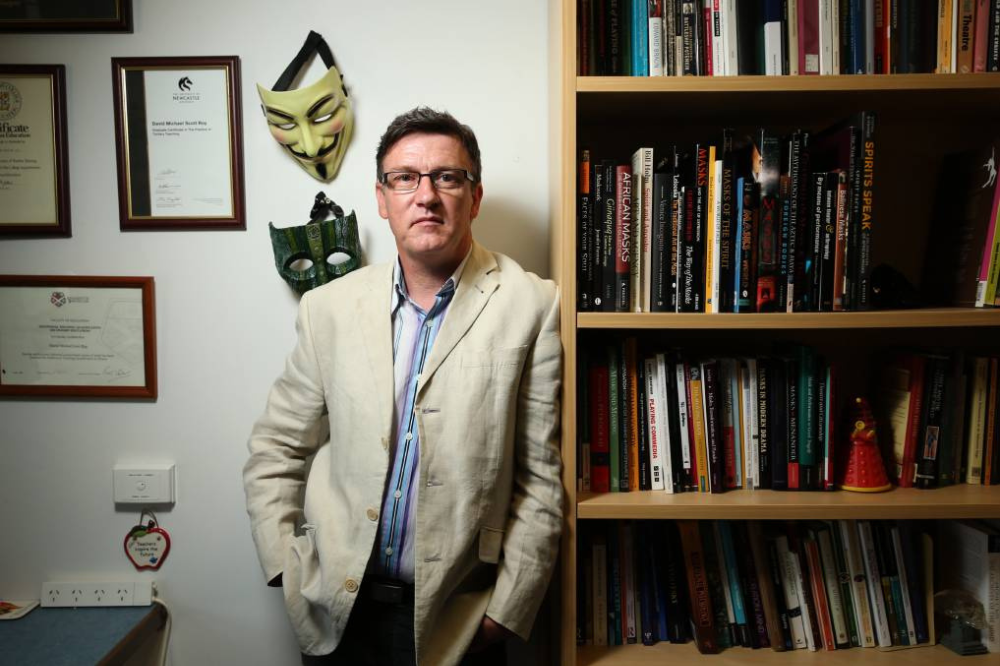
On 3 November, the Federal Government announced the Draft National Teacher Workforce Action Plan, which offers $328m in additional funding to support the teaching profession across Australia.
While the response of Australia’s school sectors was largely positive, some experts say there are a number of questions surrounding the plan’s potential success.
One of them is Dr David Roy, a senior lecturer at the University of Newcastle’s School of Education, who was recently named one of the Most Influential Educators of 2022.
“All the investments individually are worthwhile, but none of them solve the real issues of an underpaid, over worked, stressed workforce of teachers who are abandoning the profession,” Dr Roy told The Educator.
“For example, the government’s $159m plan to train more teachers might sound like a good idea, but how will this money actually be spent? Will they subsidise the cost of degrees? We already have fewer potential students enrolling in teaching degrees.”
‘This is not enough to make the staffing difference needed’
Recent research by Dr Amanda Heffernan and her colleagues at Monash University’s School of Education showed that 60% of teachers across Australia are considering leaving the profession.
Dr Roy said what is really needed is for qualified individuals to retrain as teachers, but to abandon a career and wage is a large commitment.
“We need to remove financial barriers to allow career-change to happen. We need to allow staff in different States be recognised as qualified across Australia and we need raise the status of teaching as a career.”
Dr Roy said there are also questions about effective the proposed $56m scholarships initiative will be.
“This is a positive step but will potentially fund 1,400 new teachers across Australia [at the $40,000 scholarship level],” he said.
“This is not enough to make the staffing difference needed.”
Dr Roy also questions the Federal Government’s $68m plan to triple the number of mid-career professionals entering the teaching profession, saying its implementation will deserve close scrutiny.
“Again, this is a positive step but if this is not the same as a scholarship to subside living costs as individuals re-train then how will it be used?” Dr Roy said.
“There are better usages for funding, and that is wages and administrative staff to lower the burden on teachers.”
‘A drop in the ocean’
Improving the professional development of Australia’s teaching workforce is another pillar of the government’s plan to boost teacher quality and student outcomes. However, Dr Roy said the government’s $10m professional development plan suggests teachers are not well trained already.
“Our teachers are very well trained. If the professional development training is targeted at teacher needs to support them then this is a good thing but $10 million is but a drop in the ocean,” he said.
“The government has also pledged $10m for a campaign to raise the status of teaching. Sadly, a campaign with enough money to pay for a few adverts is meaningless.”
Dr Roy says in order to raise the status of the profession, teachers need to be supported in their roles and paid a wage that keeps them in the workforce, able to buy a house, and attract new students to become teachers.
“Why train to be a teacher when you can earn significantly more as a plumber and work decent hours?”
“We know what we need to do to support teachers in the classroom. We need to give them time to prepare for classes and assess whilst giving them a real work/life balance. Give a 50/50 teaching/admin workload split than can be completed in normal hours. Teachers still need to undertake admin such as assessment and reporting as they are the experts.”
‘We need to create a new professional attitude’
Dr Roy said the fact that teachers train for four years and then continue with ongoing professional development and post-graduate courses should show they are experts and professionals.
“This should be recognised as such through their wages,” he said. “There should be an ongoing wage structure that keeps the best teachers in the classroom (not promoted to non-teaching roles). We also need attract new teachers.”
Dr Roy pointed out that successful, comparable systems pay high wages and attract individuals to teaching degrees the same as medical and law degrees do.
“We can do this with higher wages and higher ATAR requirements. That will change the status of teaching, not a ‘milkshake’ advert from the government,” he said. “We also need to create more permanent positions, but also have methods to remove those teachers that damage the profession [and children].”
Dr Roy said that if the goal is to train teachers well, education departments should be better funded in universities.
“Fund resources, and fund permanent staff, rather than ongoing casualisation of the higher education sector. We have teachers with PhDs who leave teaching and academia as they can find employment that pays better, has better workplace conditions, and have opportunities – not bullying,” he said.
“If we want to attract and retain teachers, then we need create a new professional attitude.”
Dr Roy said this must include manageable class sizes, “serious” wages, a skill-based promotion, and recognition system.
“Our children are our future. Investing in education is investing in our children, especially the most vulnerable,” he said.
“Would any voting parent and family member not want the best for our families? You pay for what you get. We want to attract and retain the best, and remove the worst, so all our children can thrive.”


